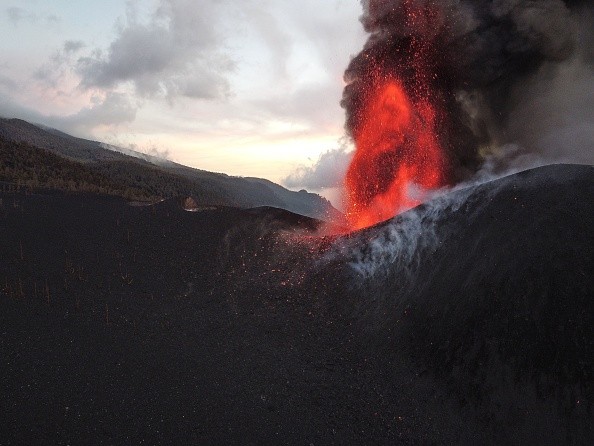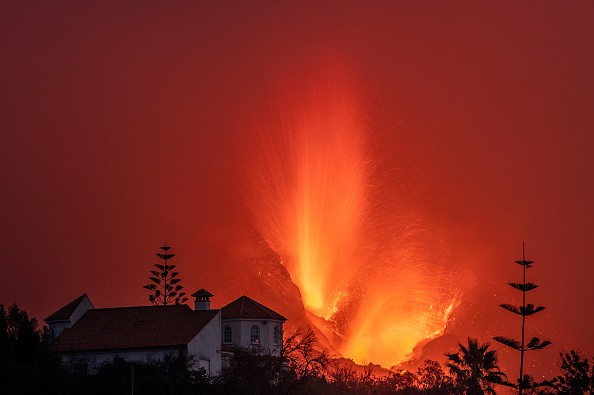Residents on Spain's La Palma island prepared for possible greater earthquakes on Wednesday, which could add to the damage caused by a volcano that has been spewing lava for more than five weeks.

Earthquake in La Palma Island
A magnitude 4.6 earthquake hit the island a day after a 4.9 magnitude earthquake which is the most powerful of the hundreds that have happened beneath La Palma since the volcano's September 19 eruption, according to seismologists.
So far, the earthquakes have been minor enough or distant enough beneath La Palma to cause no damage other than to increase the fear in residents.
On three other parts of the Canary Islands, an island off the coast of northwest Africa, the Tuesday earthquake was felt up to 60 miles (96 kilometers) away.
"The scientific committee has been warning for more than a week that we could see earthquakes, given their recent depth of around 12 kilometers (7.4 miles) and their magnitude, that reach a magnitude of 6 (on the Richter scale)," María José Blanco, director of Spain's National Geographic Institute on the Canary Islands, told Spanish national broadcaster RTVE.
Also Read : La Palma Volcano: 'Real Lava Tsunami' Moved Towards Atlantic Coast as Earthquake Intensified Eruption
Cumbre Vieja Volcano
Molten rock streams from the Cumbre Vieja volcano have forced the evacuation of over 7,500 people and damaged over 2,000 structures, largely houses of residents. Over 900 hectares (2,200 acres) of primarily farmland have been covered by lava rivers, with one large flow stretching the island into the Atlantic as it cools.
There have been no fatalities as a result of the eruption. Aside from having to sweep up volcanic ash in one location on the island's western side, life for La Palma's 85,000 inhabitants goes on as usual.
The island's most recent eruption, in 1971, lasted 24 days. The longest was 47 days in 1949. The present eruption has been going on for 39 days and shows no signs of slowing down.
"We saw the worst-case scenario in the 1949 eruption, when a second volcano mouth opened up and cut off the southern part of the island, which had to be supplied by boat," Vicente Soler, a volcano scientist said. "That is highly improbable, although not impossible, today."

Impacts of the La Palma Eruption
Underwater images taken shows volcanic ash from La Palma's Cumbre Vieja volcano coating marine life in the surrounding seas.
A coating of ash from volcano eruptions covered marine life on the ocean floor, according to images captured by the ROV Liropus 2000 underwater vehicle, which dived to a depth of more than 100 meters.
IEO-CSIC captured this video off the coast of La Palma, showing numerous water species coated in ash and specialists gathering samples to investigate.
"The eruption of the #LaPalma volcano damages the marine ecology in front of the lava delta," CSIC said in the YouTube video title. When the lava flow reached the sea on September 29, the lava delta was formed.
The CSIC and Spain's Institute of Oceanography, who revealed photographs of their first probe beneath the surface, verified that it had completely transformed the seabed's surface.
A hermit crab coated in ash was seen straining to get through a heavy layer of ash that had piled up on the ocean floor.
Related Article : La Palma Volcanic Eruption Persists With Its Resulting Effects Felt From Above and Below
For more news, updates about Earthquakes and similar topics don't forget to follow Nature World News!
© 2026 NatureWorldNews.com All rights reserved. Do not reproduce without permission.





